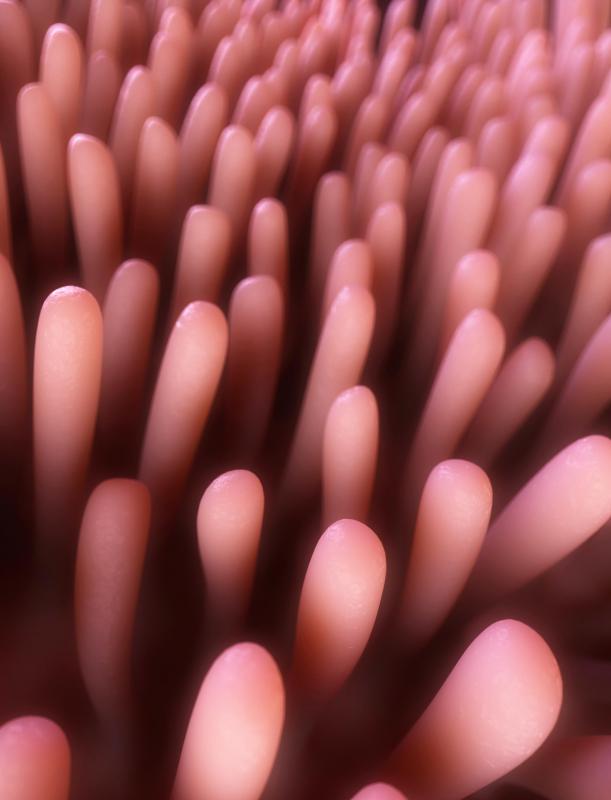At TheHealthBoard, we're committed to delivering accurate, trustworthy information. Our expert-authored content is rigorously fact-checked and sourced from credible authorities. Discover how we uphold the highest standards in providing you with reliable knowledge.
What are Filiform Papillae?
The surface of the tongue is covered by fleshy bumps called papillae — the most numerous of which are the filiform papillae. Other types of papillae are typically round and usually contain taste buds, making them a part of the gustatory system which permits the sense of taste. The filiform type are shaped like cones and do not contain taste buds. The tiny projections rise away from the tongue and normally point toward the back of the mouth instead of the front, and they serve several functions, including drawing food to the esophagus, cleaning the mouth, and spreading saliva.
Most filiform papillae are short cones, although some of them are fringed, and branch out at the tips like a feather. The papillae on a human tongue are small and generally rest flat against the surface, which gives the tongue a smooth or velvety appearance. Those on animal tongues can differ in shape and size. For example, the papillae on the tongue of a cow or cat are large, but the cow's papillae are more rounded and flat while the cat's papillae resemble slim spines. These spines act as a brush when the cat grooms.

These papillae are constantly growing like hair and breaking off when they reach a certain length. In humans, most shed before they grow too long, although when a person is ill, the papillae do not shed as they normally should. The longer they grow, the more likely they are to become diseased, making the tongue appear to be coated in white. If the tongue has not been cleaned often enough, this coating will eventually turn black.

Papillae growth on the back of the tongue is far slower than on the main surface due to the lack of active use. Bacteria and food are more likely to build up in this area, permitting germs and harmful bacteria to multiply and spread. This creates a foul odor known as halitosis, or bad breath. Scraping the tongue, or brushing it daily, can help to keep the papillae clean and short while reducing bacterial buildup.

Filiform papillae serve a mechanical purpose. With their somewhat stiff form, they function like a gripping surface to help draw food into the mouth. Rubbing the tongue over the inside of the mouth can help to remove residue left by food, drink, or medicine. This action also helps spread some of the antibacterial properties of saliva as well as remove some larger debris from the teeth and the roof of the mouth.
AS FEATURED ON:
AS FEATURED ON:














Discuss this Article
Post your comments